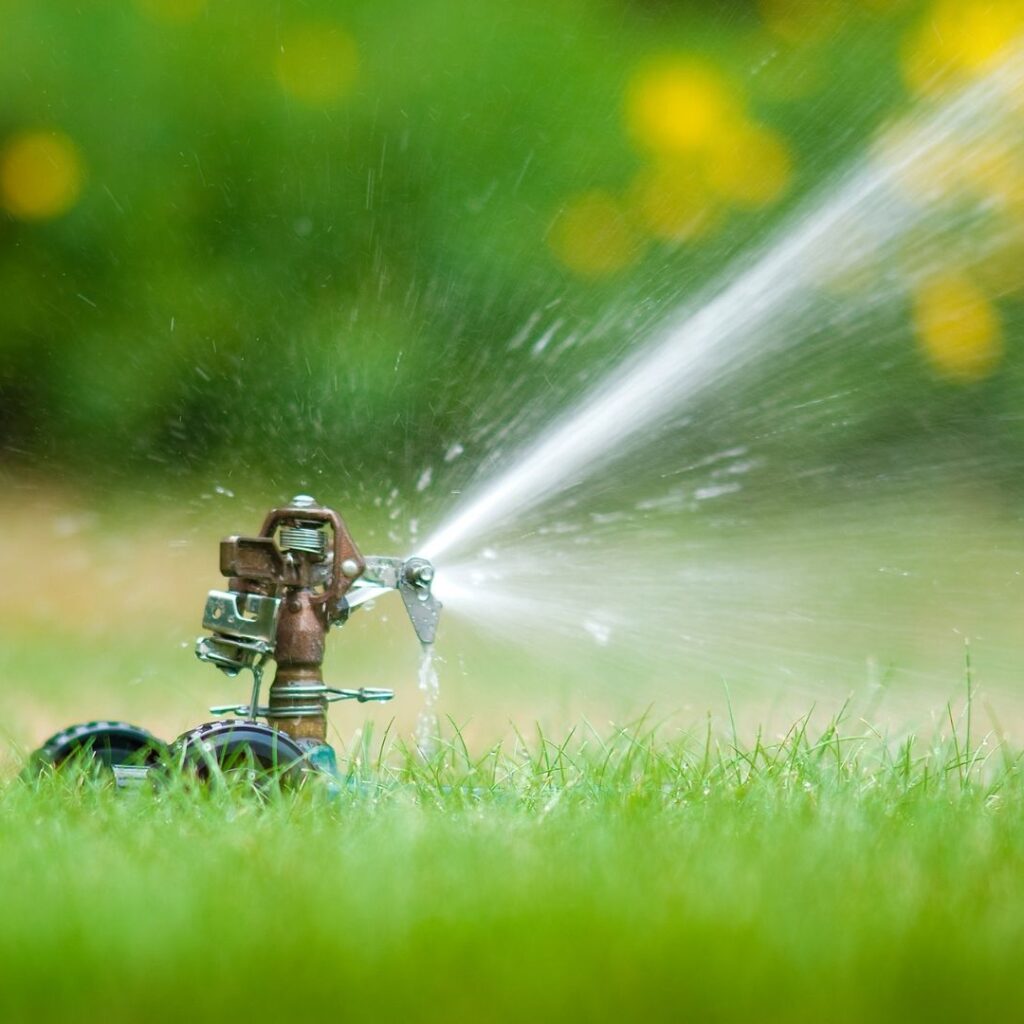Sprinkler and Smart Irrigation Technology Testing Lab
- Type
- Lab

Overview
The Sprinkler and Smart Irrigation Technology Testing Lab evaluates irrigation components for their WaterSense product labeling program.
Contact
Charles Swanson
Extension Program Specialist
Scoates Hall
333 Spence St.
College Station, TX 77843
Mon-Fri 8:00 a.m. – 5:00 p.m.
The Sprinkler and Smart Irrigation Technology Testing Lab is nationally certified by the International Code Council (ICC Evaluation Services) and is approved by the USEPA for testing of irrigation components for their WaterSense product labeling program. The goal of the water sense program is to prevent water waste and to promote water savings by the labeling of approved devices through testing using approved methodology. Manufacturers submit their products for testing and pay a fee for the service.
More choices in Environment & Natural Resources
- Course
This course aims to help beef cattle producers protect Texas waterways from contamination that is linked with the production of livestock. These contaminations may also pose a health risk to Texas citizens.
- Publication
In this publication you will learn how to maintain all the components of a septic system.
- Course
This course will inform participants about riparian and watershed processes, the benefits that healthy riparian areas provide, and the tools that prevent and/or resolve degradation and improve water quality.
- Course
An aerobic septic system, or aerobic treatment unit (ATU), uses oxygen to breakdown both dissolved and solid constituents into gases, cell mass, and non-degradable material contained in wastewater. This online course will teach you how to properly maintain and operate your ATU. You will have 30 days from the day you register to complete this program. If you do not complete the program within this limit, your registration will expire, and you will need to pay the registration fees again to start over.
- Course
This course, designed for both landowners and lessees, addresses the legal and economic issues surrounding grazing, hunting and livestock leases. Topics addressed include average cash lease rates, common payment structures, legal issues, and key terms to be included in lease agreements.
- Course
The Texas Watershed Steward (TWS) online program is a statewide educational program designed to improve the quality of Texas’ water resources by educating and informing local stakeholders about their watershed, potential impairments, and steps that can be taken to help improve and protect water quality in their watershed.
